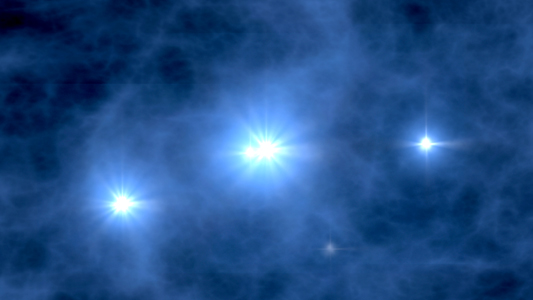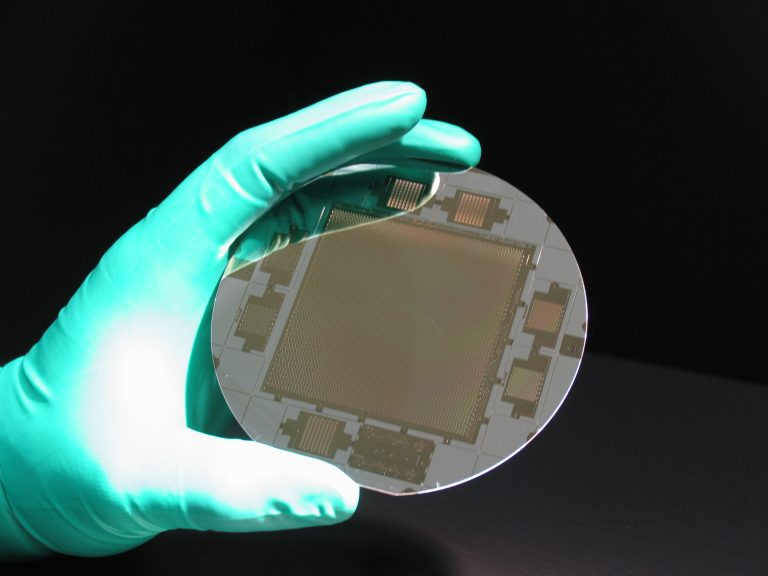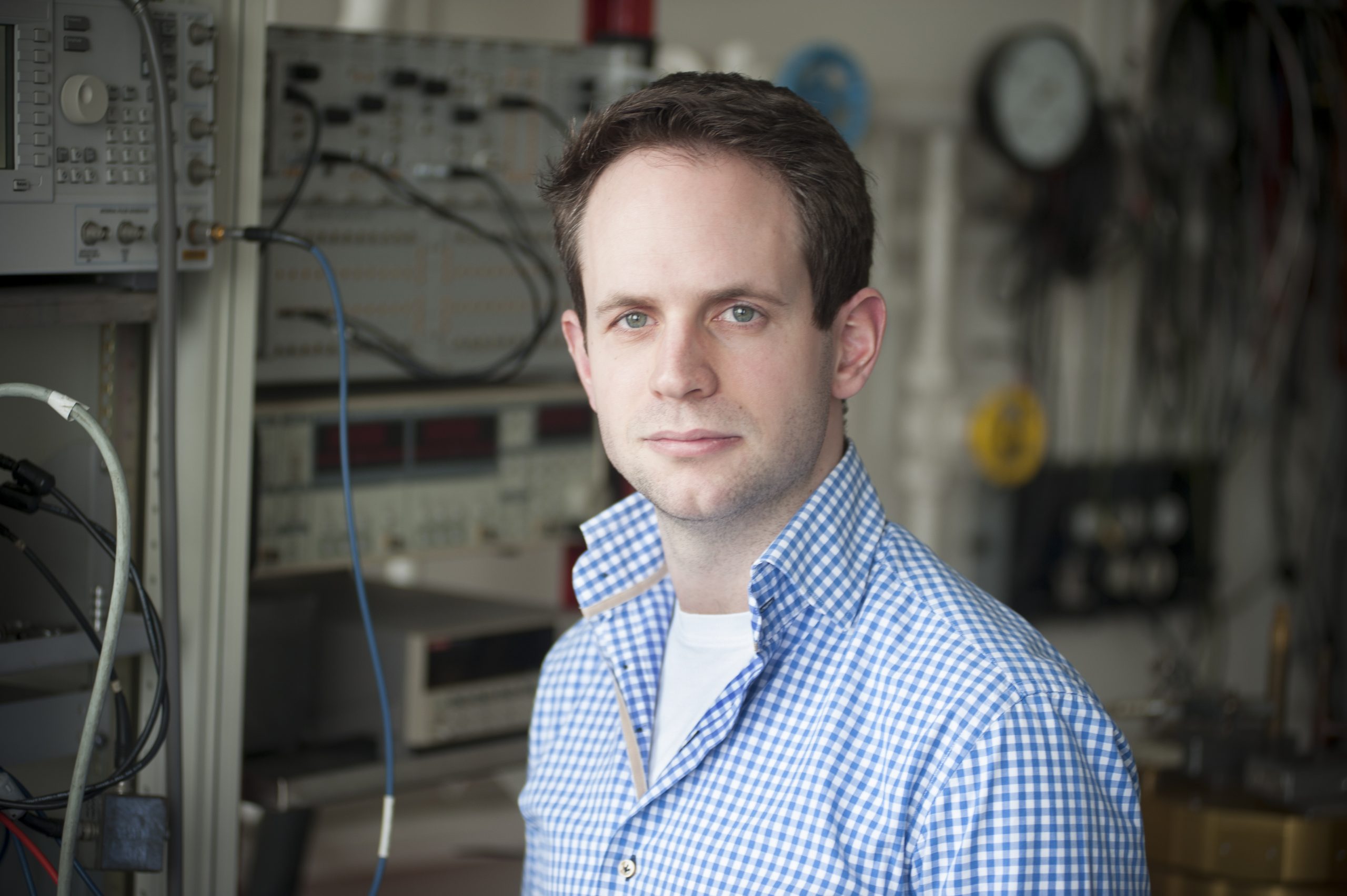Astronomers expect information on early stars in sub-millimeter radiation. Researchers from TU and SRON recently tested a special detector that was designed ten years ago.
The superconducting detector that Pieter de Visser MSc. tested with his SRON-colleague dr. Jochem Baselmans, is called a ‘kinetic inductance detector’ or KID. They placed it within a special cryogenic test set-up at SRON in Utrecht, which allowed them to test the noise levels of the device with and without incident radiation. Their experiments not only revealed the smallest signal it could detect but also provided hints on how to make the instrument even more sensitive.
SRON is the Netherlands Institute for Space Research in Utrecht.

Submillimetre radiation is what astronomers expect to see as remnants from the early universe. In those early days (age of the universe between 2 and 7 billion years) there was a lot of dust around in which new stars were formed. Astronomers expect they can still measure the afterglow of the heated dust which, due to the red-shift, has moved from the far-infrared into the submillimeter domain.
Astronomer and physicist dr. Akira Endo won a Veni grant in 2010 to develop a detector for studying the evolution of the early universe.
Because of the low photon energy, a very sensitive detector is required. Enter the KID. This is a superconducting microwave resonator with a small X-shaped submillimetre wave antenna halfway. The idea is that incident submillimetre radiation on the antenna will disturb the superconducting state of the resonator. This will result in a measurable damping of the microwave signal, which is used as a probe.

De Visser tested the detector with femtowatt intensities (a millionth of a billionth watt) of submillimetre radiation at a frequency of about 1 terahertz (equals 1000 gigahertz). He found out there are two kinds of noise involved. One is inherent of the instrument and signal-independent. The other increases with the number of photons.
For very low signals, the inherent noise is the most important of the two since it determines which signal strength can just be detected (at noise equivalent power or NEP).
In a Nature publication De Visser proposes to increase the instrument’s sensitivity by dramatically reducing the active volume of the device. In other words: making it thinner. “This could also be the route towards single photon counting at terahertz frequencies”, he adds.
Article: P.J. de Visser, J.J.A. Baselmans (SRON), J. Bueno, N. Llombart & T.M. Klapwijk: Fluctuations in the electron system of a superconductor exposed to a photon flux, Nature Communications, 5 February 2014. DOI: 10.1038/nscomms4130
PhD-thesis: Pieter de Visser, Quasiparticle dynamics in aluminium superconducting microwave resonators, PhD supervisors Prof. Teun Klapwijk (Applied Sciences) and Dr. Jochem Baselmans, Defense on 11 March 2014 at 14:30 in the Aula, TU Delft.



Comments are closed.